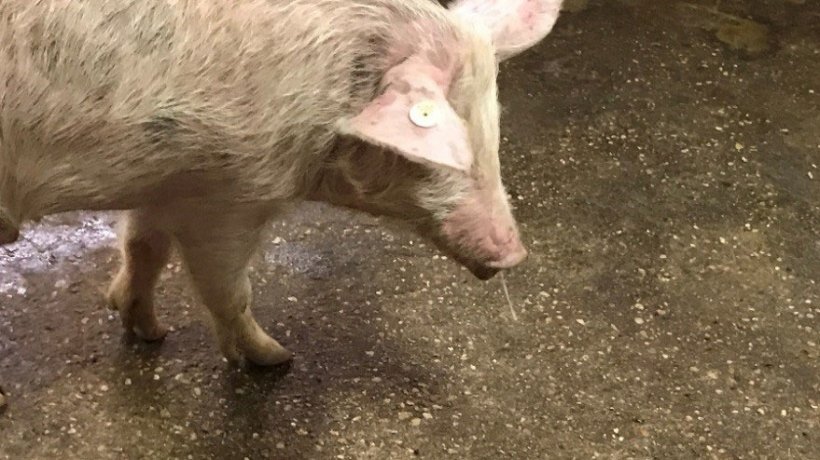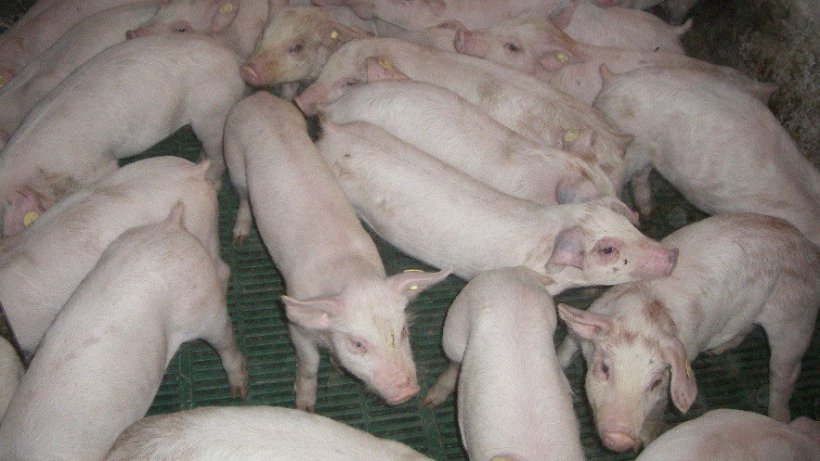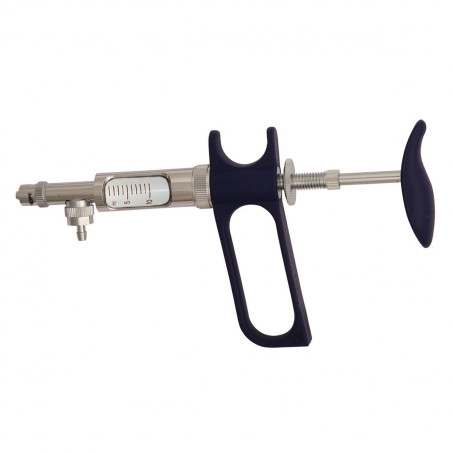Introduction
Swine influenza virus A is an RNA virus that infects many animal species (fowl, swine, equines, canines, felines, sea mammals, bats) and humans. The seasonality of the virus in the northern hemisphere in the case of swine is concentrated in spring and autumn, whilst in humans it goes from autumn to spring (cold seasons). There is a great variety of swine H1N1 and H1N2 viruses in all the world, and they coexist with many types of H3N2 and H1N1 viruses, both in pigs and in humans (IVB, IVA and human seasonal clusters - www.fludb.org)

A great percentage of pig farms in the main producing countries in the world are deemed positive to influenza, although this doesn't mean that they show clinical signs in any of the stages of production nor that they show quantifiable economic losses. Seroprevalence in the USA, Canada and Europe (Belgium, The Netherlands, France, Italy, Germany, Spain, etc.) is between 85 and 90% of the sows, both on vaccinated and non-vaccinated farms with or without clinical signs. In pigs, as individuals, the infections with the influenza virus lasts 5-7 days, as an average, and in a population, as a whole, they can live on from weeks to years. Thus, the infections and the dynamics of transmission in large populations can differ a lot from those seen in small groups of animals (great differences depending on the size of the farm and the production system: farrow-to-finish or multiple site).

Image 1. Nasal discharge + fever - Swine flu.
The losses due to the influenza virus in different studies are deemed to be some €3/pig, and they can increase up to €10/pig in case of co-infections. The introduction of replacement gilts positive to other strains of the virus and the persistent infection of weaned piglets are the main causes of transmission of the virus within a farm, as well as of the endemic maintenance of the disease on the farms. The weaned piglets are responsible for maintaining, diversifying and spreading the influenza virus to other farms.
The dynamics of the infection with the influenza virus are significantly different in terms of prevalence between the batches of piglets weaned between and within farms. On farms of high and medium prevalence, the prevalence will vary during the 4-6 weeks post-weaning, whereas in the farms of low prevalence, in these 4-6 weeks post-weaning the prevalence is hardly going to change. On farms with a high and medium prevalence at weaning, prevalence varies during the 4-6 following weeks, and its variation is minimal in the low-prevalence farms. In several studies no significant differences have been detected between the level of prevalence and the impact on growth and cough index, and therefore more studies are needed so we are able to assess the real economic impact depending on the prevalence at weaning. Several studies with multivariate analysis showed that there is no association between piglet's weight at birth or at weaning, the fostering procedures or the sow's parity and the viremia at weaning, although there is a connection with the age at weaning.
Vaccination
The vaccination standards tested are numerous and have shown variable results. They include the vaccination of the replacement animals, the mass vaccination combined with a vaccination before farrowing with both commercial and autogenous vaccines, and the vaccination of the piglets. The use of vaccines reduces the virus detection rate in piglets at weaning without significant differences between vaccines. The average infection time is 1.5 weeks after weaning, and the infection lasts for 1.6 weeks, and this establishes that there is a low level of maternal antibodies at weaning in piglets born to vaccinated sows. There are doubts about the interference with maternal antibodies. Vaccination doesn't prevent the infection, but it can reduce the clinical signs, the lung lesions and the viral shedding once the animals become infected.
The virus can evade the immune system, including the defences created by the commercial vaccines. Therefore, vaccines have a limited efficacy, and it is necessary to select the appropriate strains in each case, this allowing to reduce the shedding and spreading of the virus within the farm. The changes in the virus' membrane proteins affect the transmission, virulence and immunological ability of the virus. During its replication, the virus accumulates errors, and this, associated with the high number of mutations, has given place to a great number of new strains in the last 20 years. This great diversity in its genome complicates the development of vaccines. We must also add that this variation appears at a a local, regional and national level. The idea of prime-boost vaccination involves presenting different antigens to increase the magnitude of the heterologous immune response that not only induces a high antibody response, but also activates the CD4 T-cell response. The efficacy of these multivalent inactivated or live attenuated vaccines against the infections with H1 and H3 influenza viruses is not very clear yet.
Influenza has serious implications for human health. A critical goal for the World Health Organization and the European Commission is to increase, in the case of humans, the percentage of vaccination against the influenza virus in people over 65, healthcare professionals (doctors, veterinarians, nurses, pharmacists, biologists etc.) and risk groups, including, in the 2018/19 season, the staff that works on poultry and pig farms, as the Public Health Commission recommended last September 20th with the aim of avoiding concomitant infections with the three influenza viruses (human, avian and swine), reducing in this way the recombination ability between these viruses. The epidemiology of the influenza virus is complex, and this complicates the implementation of efficient control measures on commercial farms.

Image 2. Weaned piglets, together with gilts, are the main responsible for transmission of the intra-farm virus.
The secondary bacterial infections are frequent in pigs with influenza, and it is important to consider vaccination on those farms where the virus is involved in concomitant respiratory or reproductive problems with:
- PRRS
- Mycoplasma hyopneumoniae
- Actinobacillus pleuropneumoniae
- Bordetella bronchiseptica
- Haemophilus parasuis
- Pasteurella multocida
The most appropriate samples for the diagnosis with PCR are lung tissue, nasal secretions and oral fluids.
The detección of antibodies with ELISA has no clinical significance.
For a greater sensitivity of the techniques, it is important to take samples from acutely infected piglets. The samples storage time and the method of transport to the lab can have an influence on the sensitivity of the technique (degradation of the viral nucleic acid = false negative results). The haemagglutination inhibition technique (HAI) is used to compare the homology in the sequence of the virus.

Questions
I personally have many doubts about the efficacy of the control measures, so when acting at a practical level on our farms, I think that it is convenient to make some questions, such as:
- Should we vaccinate in early winter and spring?
- Should we just vaccinate the risk animals/groups (old sows, pigs on farms with respiratory problems, etc.)?
- Will an annual vaccine dose per sow/piglet be enough?
- Vaccination of individual animals or of all the population?
- Vaccinate on endemic farms before an epidemics/pandemics?
- The vaccines administered to humans change from year to year, but in swine they have been the same for a long time. Should they be updated?
The vaccination rate on pig farms is very variable around the world, and it is quite high in the USA versus South America, Europe, Russia or Asia, where it is quite low. Most of the vaccines used in the USA are autogenous.
This is a long list of questions for an RNA virus that was identified 100 years ago and that has a worldwide distribution, with the first outbreaks appearing in western Europe in 1976 and detected in pigs for the first time in Spain in 1982 by Dr Plana and colleagues.






